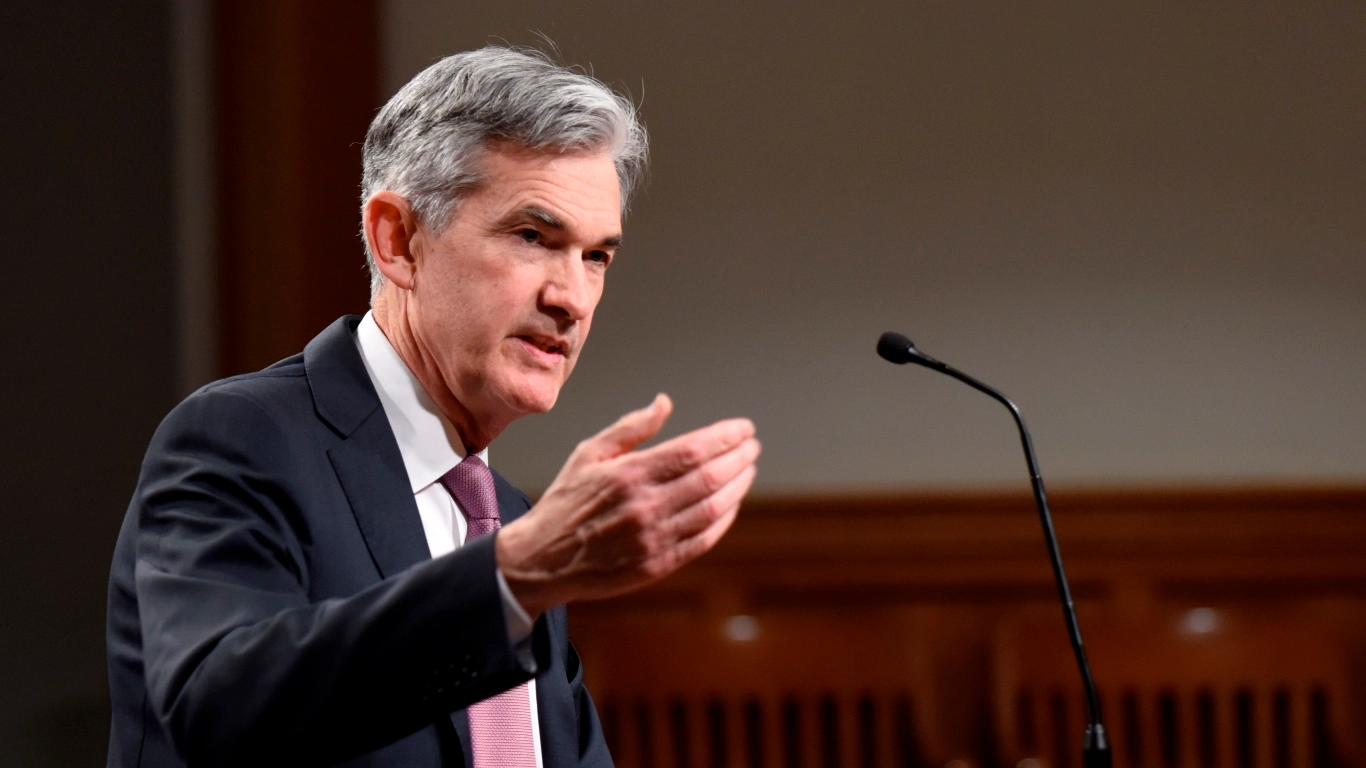
10-Year U.S. Treasury yield climbed to the highest level since April 2011 as markets brace for a third straight 75 basis points interest rate hike at the Fed’s policy meeting Wednesday. The benchmark 10-year yield rose 6 basis points to over 3.5%, a new decade high.
Treasury Yields on the Rise as Investors Prepare for Another Major Interest Rate Hike
The 10-year U.S. Treasury yield, considered a marker of investors’ confidence in financial markets, hit a new 11-year high Monday. The benchmark yield rose 6 basis points (bps) to 3.508%, the highest level since April 2011.
The jump comes as investors await the Federal Open Market Committee (FOMC) meeting on Sept. 20-21, when the U.S. central bank is almost widely expected to deliver another 75 bps interest rate hike, after implementing two in July and August.
The Fed is slated to announce the decision on Wednesday, with capital markets currently pricing in about an 80% chance of a 75 bps hike, while 20% factors in an even more aggressive increase of 100 bps.
Most of the U.S. economists, over 60%, are expecting a 75 bps move, up from just 20% who believed so last month. The change in expectations comes after U.S. inflation in August rose more than expected as food and shelter costs offset a recent drop in gas prices.
According to the recent Consumer Price Index (CPI) data, inflation stood at 8.3% in August year-over-year, compared to the consensus estimates of 8%. On a monthly basis, inflation rose 0.1% last month.
Why is the 10-Year U.S. Treasury Yield So Important?
Treasury bond yields represent the effective annual interest rate the U.S. government pays for the capital it lends through the sale of Treasury bonds. Investors keep a close eye on bond yields, particularly the 10-year Treasury benchmark, as it serves as an indicator of investors’ confidence in the broader market.
As such, the 10-year Treasury yield is one of the most important economic benchmarks as it directly affects other interest rates. For example, mortgage rates and other lending costs also tend to appreciate when the 10-year benchmark is rising.
A third consecutive 75 bps rate hike would raise the policy rate to the 3.00%-3.25% target range, its highest since the global financial crisis in 2008. Federal Reserve Chairman Jerome Powell hinted at another aggressive move even before the latest CPI, during his speech at the Jackson Hole annual conference last month.
This article originally appeared on The Tokenist
Sponsored: Find a Qualified Financial Advisor
Finding a qualified financial advisor doesn’t have to be hard. SmartAsset’s free tool matches you with up to 3 fiduciary financial advisors in your area in 5 minutes. Each advisor has been vetted by SmartAsset and is held to a fiduciary standard to act in your best interests. If you’re ready to be matched with local advisors that can help you achieve your financial goals, get started now.






